Glass is a popular material, so common in our lives that it is actually hard to keep track of it. Numerous items in your surrounding are made of glass, starting from your car windows, drinking glasses, storage jars, and so much more.
Glass packaging is especially a favorite for zero wasters and environmentally conscious people. One of the reasons why glass is so loved is because it is reusable and recyclable.
However, with all the numerous advantages of glass, one of the most frequent questions about glass is; is glass biodegradable? And to your surprise, glass is not biodegradable. Read on to find out why.
Is Glass Biodegradable
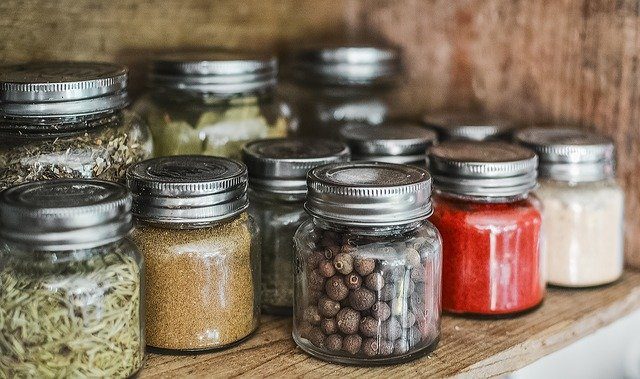
Short answer: No. Glass is not biodegradable.
Glass is non-biodegradable, but it is still degradable. Notice the difference between bio-degradable and degradable.
This means that glass can decompose or break down, but only under the influence of natural forces such as wind, water, or human impact (through recycling or using chemicals). A biodegradable material breaks down into soil organically by the action of microorganisms.
Since glass is inorganic, microorganisms can not consume it, making it non-biodegradable. If you were to leave a piece of glass undisturbed somewhere, its physical features would remain intact for thousands of years.
Actually, to this day, there are glass artifacts from ancient Egypt that are still intact, believed to be dating back to 1500 BC.
Technically, glass can decompose, but the process would take thousands, if not millions, of years. This is such an extended time to regard glass as biodegradable.
One of the common characteristics of glass and conventional plastic is that they are both non-biodegradable.
How is Glass Made?

The primary raw materials for glass are sand, limestone, and soda ash. You are probably asking yourself why glass is non-biodegradable yet it is made of natural materials.
The manufacturing process of glass is what makes it non-biodegradable. Here is why.
Making glass involves melting the raw materials in an oven/furnace at very high temperatures to form molten glass. The molten glass is then manipulated into various shapes and sizes and cooled. This process is known as glass blowing.
During this process, the materials undergo a complex chemical transformation that makes glass non-biodegradable. The final product, glass, becomes something that microorganisms cannot ingest.
Is Glass Recyclable?

Glass is 100% recyclable and can be endlessly recycled without losing its quality or purity. It ranks top three in the most recyclable materials.
Interestingly, recycled glass (cullet) can make up to 95% of the base material in glass processing. The only material that is used in higher volumes than the cullet is sand.
Recycling glass lowers the energy demand by about 2-3% for every 10% of cullet used. Additionally, one ton of carbon dioxide emissions is reduced for every six tons of recycled glass used in the manufacture of glass. (Source)
Sadly, the glass recycling rate in the U.S is relatively low, with roughly 33.1% of glass being recycled annually. This means that millions of tons of glass still end up in landfills.
Again, though most types of glass are recyclable, one cannot recycle different types together. This is because the manufacturing process is always different. For example, One cannot recycle food and beverage glass containers with either window glass, kitchenware, pyrex, mirrors, or light bulbs.
Therefore, always contact your local recycling center to find out the kinds of glass they accept.
Finally, for glass to be recycled, it must be free from contaminants. Though some companies attempt to clean contaminated glass, it will most likely end up in landfills. Be sure the glass you toss in the recycling bin is clean and free of non-recyclable debris.
If you have ever wondered how it is possible to separate different colored glass then this little video will explain it.
How To Recycle Glass?
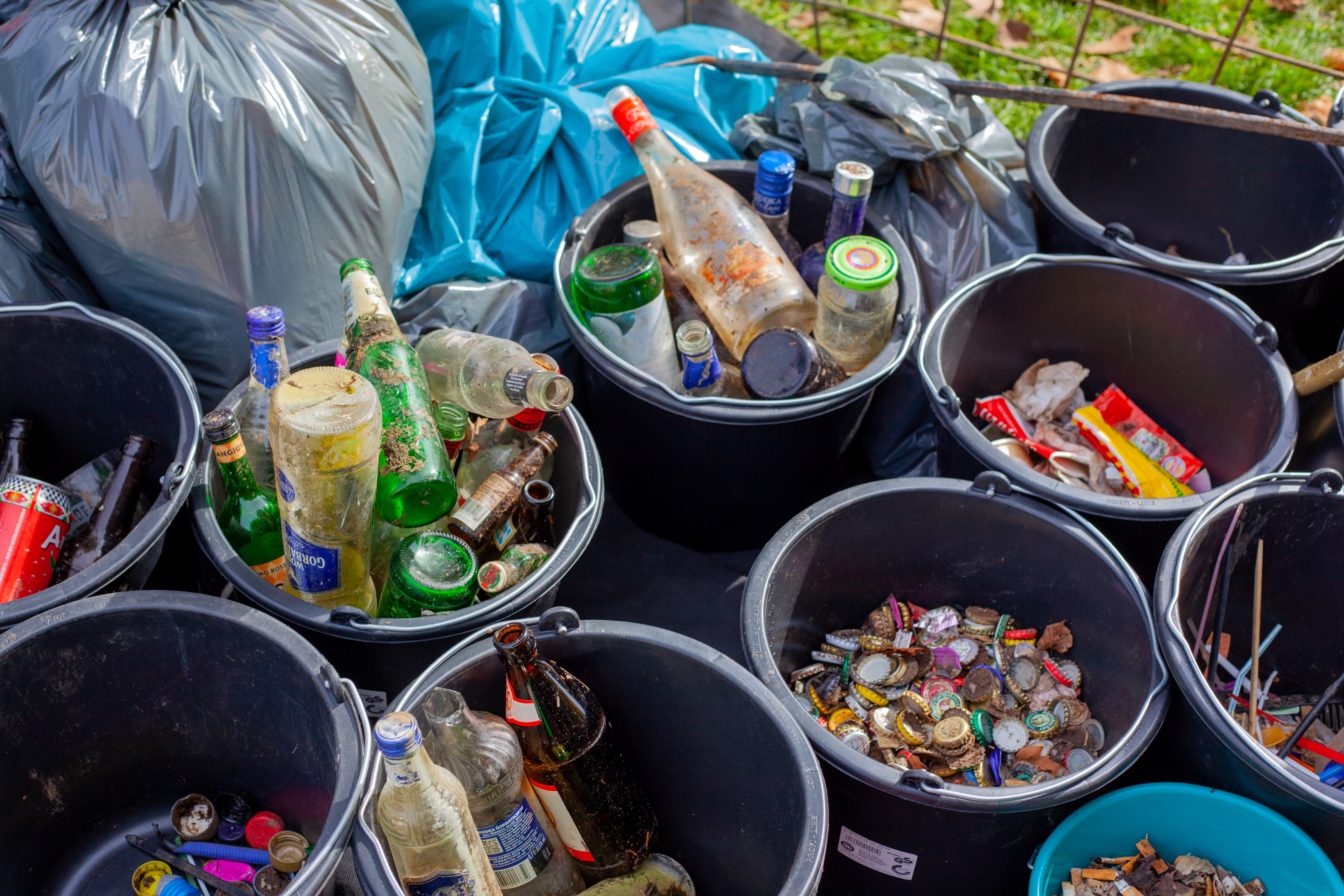
There are two ways you can recycle glass at home;
Firstly, you can find out if your local waste management company has a glass recycling program. That way, they can collect glass separately from other waste and recycle it accordingly.
Secondly, you can choose to drop off your glass jars and other glass waste at your nearest recycling center. Most communities have such recycling programs.
Alternatively, you can always find innovative ways to reuse your glass jars or containers before sending them away for recycling. You can store food and non-food items.
If you are good at DIY, why not repurpose those wine bottles and glass jars into beautiful flower vases, bird feeders, etc. I mean, only you can limit your creativity.
Is Broken Glass Recyclable?
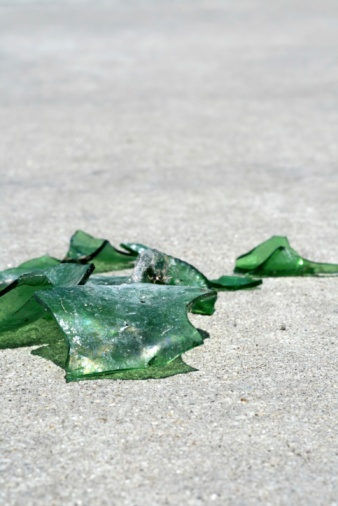
Although broken glass is recyclable, most recycling centers will reject it majorly because it is so delicate and has the potential to injure workers. Sorting into different colors also becomes a problem.
In some communities, pieces of glass bottles and jars that are 3 inches or larger will go to recycling. Unfortunately, broken glass bottles and jars less than 3 inches, kitchenware glass, baking glass, and frosted glass will most likely end up in landfills.
There are, however, some companies that take in broken glass. You can look out for them. These companies use recovered glass to make non-recycled glass products such as tiles, concrete pavements, sandblasting, fiberglass insulation, and filtration.
Is Glass Compostable?

No, glass is not compostable. Well, it is, but it’s a process that could take a million years.
Organic composting requires bacteria to biodegrade waste. These bacteria cannot consume glass.
Therefore, avoid putting glass, even broken pieces, in your compost bin. They can only harm you.
Is Glass Eco-friendly?
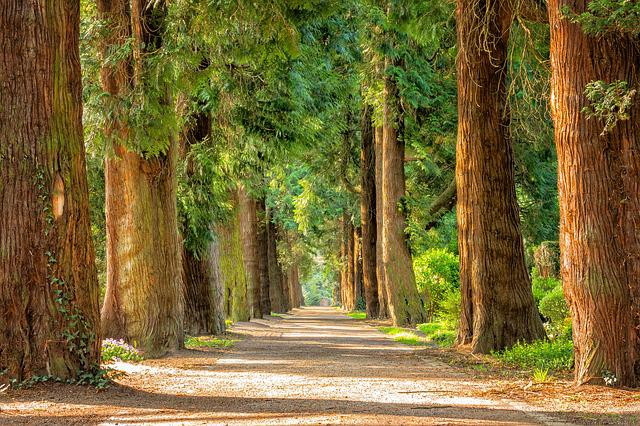
Just because glass is non-biodegradable, it does not entirely mean it is bad for the environment.
Many factors determine the eco-friendliness of a material, and its end life is just one of them. Other factors include raw materials, manufacturing processes, water and energy efficiency, carbon emissions, etc.
One of the best characteristics of glass regarding sustainability is its ability to be recycled endlessly without losing its quality. The energy required to recycle glass is less than manufacturing new glass. Also, a significant amount of raw materials and natural resources are preserved by recycling.
Secondly, since glass is strong and durable, it can be reused over and over again unless handled carelessly. Unlike plastic bottles, which are primarily single-use, reusing and repurposing glass helps reduce the amount of waste in landfills.
Another incredible thing about glass is that it preserves the well-being and health of human beings. This is because it is inert and the only widely used packaging material classified as ‘GRAS’ (Generally recognized as safe) by the U.S Food and Drug Administration. This means it can store food items without losing their quality, aroma, and taste and without exposing them to toxic compounds.
Also, the glass manufacturing process does not incorporate petroleum products and hydrocarbons; hence environmentally friendly.
Finally, when glass decomposes, it does not release harmful chemicals that threaten the animals and marine life when ingested. Unlike plastic, glass will not end up in our food chain.
In fact, when glass ends up in the ocean, it will eventually break down to form tiny pieces of colored stone called sea glass. This process takes around 20 to 40 years.
Sea glass is a treasure that has numerous uses, including jewelry and decoration. It is so highly valued that some people even make fake sea glass themselves.
However, glass, like any other material, is not perfect.
Apart from recycled glass, the raw materials for glass making, (sand, limestone, and soda ash) are all-natural and non-renewable.
Sand, for example, is one of the most used natural resources. Annually, around 50 billion tons of sand are used. This means that we are even using sand more than oil, which is quite crazy. Again, only coastal or riverbed sand is used to make glass. Desert sand cannot be used. The use of sand causes environmental degradation.
Also, manufacturing glass involves high temperatures, which require a lot of energy to maintain. Thanks to modern technology, the manufacturing process is becoming less energy intensive.
The transportation of glass is another threat to the environment. Glass is weighty and delicate; and as you may guess, more trips are required to move glass from the recycling plant to the market. This results in increased fuel consumption which translates to increased carbon dioxide emissions.
Glass production is thus the most harmful aspect of glass to the environment. Either way, compared to the total world pollution output, the carbon footprint of glass is still low.
What Can We Do?
Recycling may be the best and only option to reduce the negative environmental impact of glass.
Before recycling, reduce and reuse glass whenever possible. Ensure that no glass item in your home goes to landfills.
We also need to create greater awareness of the importance of recycling. Talk to your friends, neighbors, and relatives.
Is Glass Worse than Plastic?
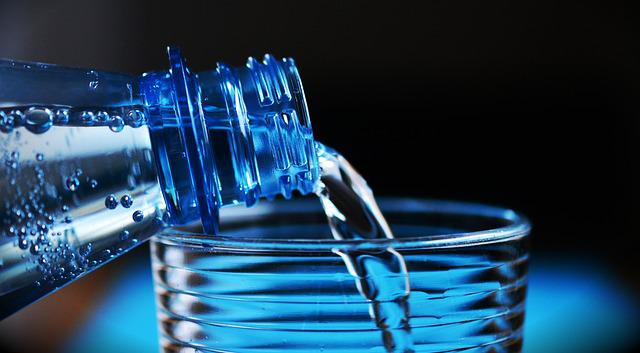
In terms of environmental impact, glass is undoubtedly better than plastic.
Unlike glass, not all plastic can be recycled. Of the 40 million tons of plastics produced annually in the United States, only six percent is recycled. The plastic recycling rate has reduced from 9 percent in the last four years.
On the other hand, up to 80% of glass can be reclaimed and recycled. Again, plastic cannot be infinitely recycled like glass.
Secondly, when plastic breaks down, it releases harmful chemicals that contaminate the environment and harm human health as they end up in drinking water and food.
Although glass is not perfect, the negative environmental impact of plastic outweighs that of glass.

Wrap Up
Every material is different and biodegradability does not mean it is better for the environment. In my opinion, the utility of material is far more important than its end life.
Eliminating the use of single-use items in our economy will go a long way in minimizing environmental pollution. As such, glass is an excellent material, far better for the environment than plastic.
So, that’s it. You now know that glass is non-biodegradable but recyclable and eco-friendly.
Do you think glass is eco-friendly? Have you recycled any glass at your home? Does your community have a recycling program? We’d love to hear from you!
